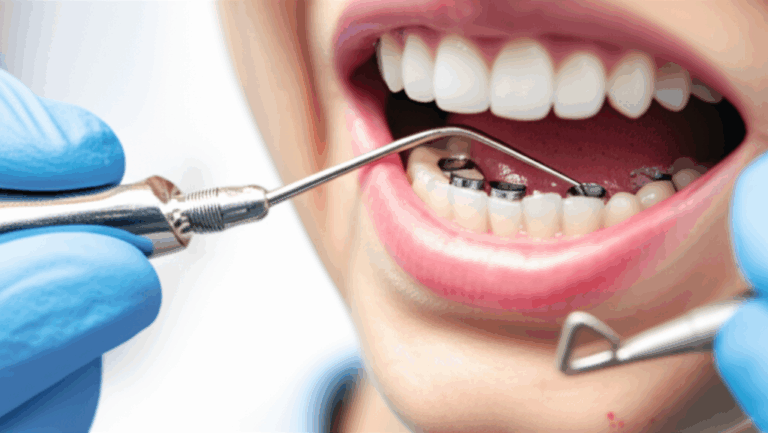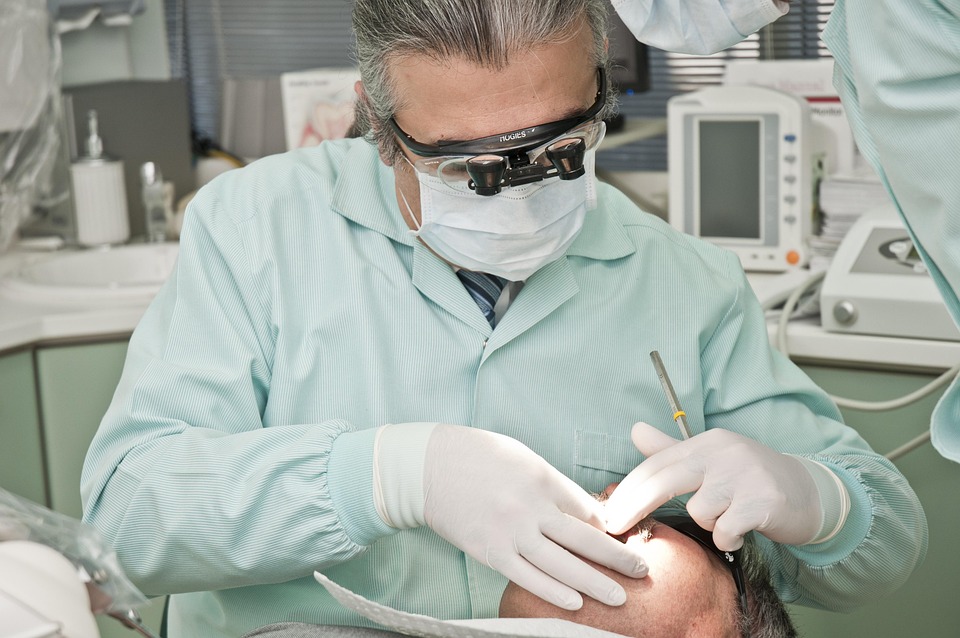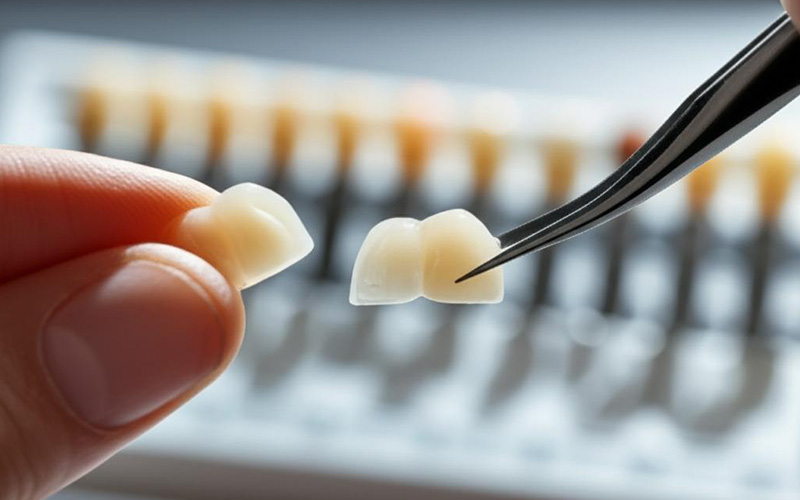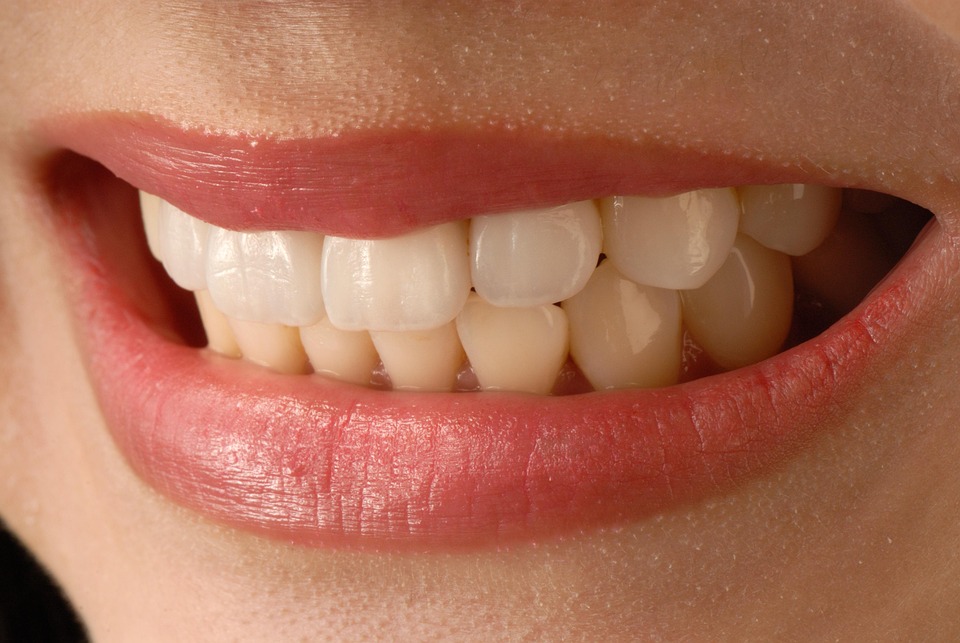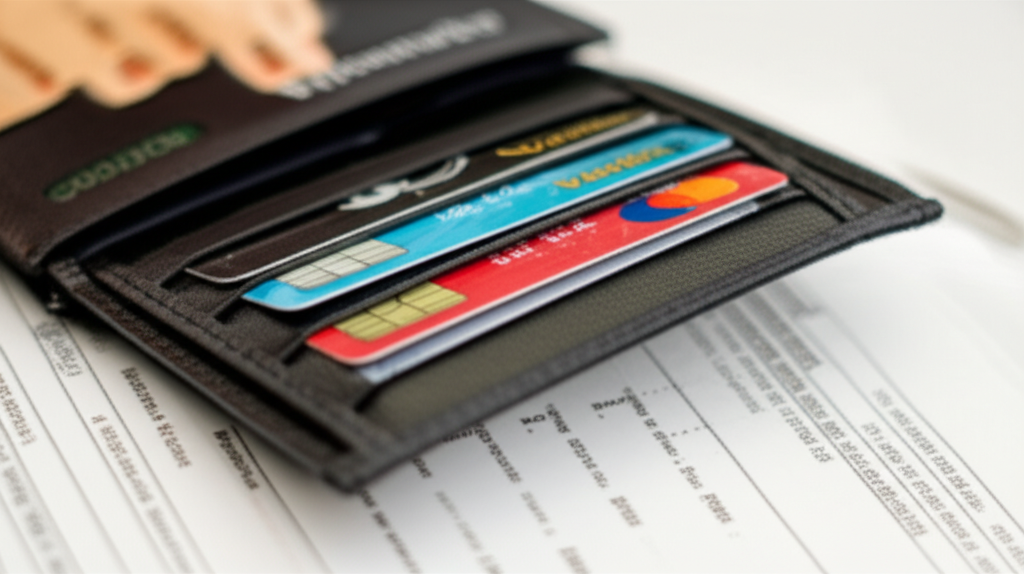
How Much Does the Dentist Cost with Insurance? Your Guide to Out-of-Pocket Dental Expenses
Table of Contents
- Key Terms Defined
- Types of Dental Insurance Plans
- Preventive Care
- Basic Restorative Procedures
- Major Restorative Procedures
- Advanced/Specialty Procedures
Introduction: My Journey with Dental Insurance
If you’re anything like me, you probably felt shocked the first time you saw a dentist bill—even with insurance. I remember sitting in the chair, listening to the dental hygienist list off things I needed, trying not to look worried as I thought about how much it would cost. Would my insurance pay for it? Would I leave with a happy smile or an empty wallet?
Over the years, I’ve looked for answers, read lots of policies, and had some awkward talks at the front desk about charges I didn’t expect. One thing became clear: Dental insurance is confusing for most people, but it doesn’t have to be. In this guide, I’ll share what I’ve learned about what you’ll really pay at the dentist, how insurance helps out, and little tips to keep costs (and stress) as low as possible.
Understanding Your Dental Insurance: The Basics
Let’s start with all those tricky dental insurance words. At first, things like “deductible” and “annual maximum” sounded like things only insurance people understood. But I found out that if you break it down, it’s not so bad.
Key Terms Defined
Deductible
The deductible is the money you have to pay by yourself for dental care before your insurance helps. Mine was $100 a year. So, if something I needed cost $300, I’d pay the first $100, and then insurance would jump in for the rest.
Co-insurance vs. Co-pay
I always mixed these up. Co-pay is a set amount you pay—like $20 for getting your teeth cleaned. Co-insurance is a part of the bill you pay after the deductible. For example, if your insurance covers 80% of a filling, you pay the leftover 20%.
Annual Maximum
This surprised me: Most dental plans stop paying after a certain point each year. Many plans have a “maximum” between $1,000 and $2,000. Once you hit that, you pay everything after that for the year.
Waiting Periods
When I changed to a new plan, I found out some things aren’t covered right away. Some treatments may only be paid for after 6-12 months.
Types of Dental Insurance Plans
Not every insurance plan works the same. I’ve tried a bunch over the years.
PPO (Preferred Provider Organization)
This is the plan that let me pick most any dentist. You get more help with bills if you use “in-network” dentists, but can still go out-of-network.
HMO/DHMO (Dental Health Maintenance Organization)
These plans are cheaper but make you pick a dentist from a set list. Once, I used one of these plans to save money, but didn’t like that I had so few dentists to choose from.
Indemnity/Traditional Plans
These pay a fixed amount for each treatment, and you pay the rest. The good thing is, you can go to any dentist you want.
Discount Dental Plans
These aren’t insurance. They’re more like a club—you pay a membership and get cheaper prices at some dentists. If you don’t have insurance, these are an option.
Average Dental Costs with Insurance: Procedure-Specific Breakdown
Learning all those words helps, but what does it mean for your wallet? After lots of bills and talking to other people, here’s what I found—real numbers about what you’ll probably pay for common dental work with insurance.
Preventive Care (Often 80-100% Covered)
Insurance companies want you to stay healthy to save money. So, most plans pay for two cleanings and checkups a year, some X-rays, and sometimes extras for kids.
Cleanings & Exams
Most times, these are free for me or cost just a $10-20 co-pay. Most plans let you go twice a year.
X-rays
Bitewing X-rays are usually paid for once a year. If my dentist asks for more, I always check if insurance will cover them before saying yes.
Fluoride Treatments & Sealants
These are mostly for kids, but sometimes adults who get lots of cavities can get them, too. My family plan covered both for my kid, saving about $30 each visit.
Basic Restorative Procedures (Often 60-80% Covered)
If something needs to be fixed—like a cavity—insurance helps, but you still pay a bit.
Fillings (Amalgam, Composite)
I once had a small cavity filled with a silver filling for about $30 out of pocket. When I wanted a tooth-colored one in the front, I had to pay about $100, since insurance covered less of the extra cost.
Simple Extractions
Pulling a tooth with nothing fancy cost me about $70 after insurance.
Emergency Exams/Consultations
When my tooth hurt, my insurance counted an emergency visit as “basic,” so I just paid 20%, or about $25.
Major Restorative Procedures (Often 30-50% Covered)
Big problems mean bigger bills—and less help from insurance. I always ask for a price quote first.
Crowns
These hurt the wallet. My porcelain crown cost $1,200 overall. Insurance paid for half, so I had to pay $600.
Root Canals
Molars (back teeth) cost more. Last time, I paid about $800 after insurance paid for 60%. Root canals in front teeth can be a few hundred dollars less.
Bridges
To fill a gap where a tooth was gone, my bridge was about $2,500 before insurance, and I paid around $1,200 in the end.
Dentures (Full/Partial)
I haven’t needed these, but my dad did. After insurance, his lower denture cost him about $1,300.
Advanced/Specialty Procedures (Limited or No Coverage)
This is where things get really expensive. Not everything is covered.
Dental Implants
The price can be shocking. When I wanted to replace a lost tooth, the starting price was $3,000—and insurance covered almost nothing. Some plans might pay a little, but most do not.
Orthodontics (Braces, Invisalign)
If you have kids, check your plan. Ours paid for half the cost of braces, up to $2,000—ONLY for kids under 18.
Cosmetic Dentistry (Veneers, Whitening)
Don’t count on insurance for these. I paid out of pocket for teeth whitening last summer. I haven’t seen any plan cover it.
Periodontal Treatment (Deep Cleanings, Gum Grafts)
This can vary. My plan paid about half for deep cleaning. My family member’s gum grafts, though, were almost fully paid out of her own pocket.
Factors Influencing Your Out-of-Pocket Dental Costs
You might know the averages, but your real bill depends on lots of things. Every year, I find out something new.
Your Specific Insurance Plan
Always check the details. I’ve seen plenty of people think they’re covered, only to find out their plan is less generous than they expected. Look at the summary of your benefits.
In-Network vs. Out-of-Network Dentists
Once I went to an out-of-network dentist because it was closer. Big mistake—my bill almost doubled, because my insurance paid less and the dentist charged more.
Geographic Location
Friends who live in big cities pay more—sometimes twice as much—just because things cost more there. Rural areas are usually cheaper.
Dentist’s Fees & Skills
If a dentist is really experienced or a specialist (like a gum doctor or oral surgeon), you’ll probably pay more.
Materials Used
Silver fillings vs. tooth-colored ones. Porcelain crowns vs. metal. Most insurance plans pay more for cheaper materials and less for nicer ones.
Severity of the Condition
If your problem is simple, it’s cheaper. If it’s complicated, it costs more. My complex root canal cost way more than a regular filling.
How to Get an Accurate Estimate for Dental Work
Nobody likes being surprised by the bill after dental work. Over time, I’ve gotten better at knowing how much things will cost before anything starts.
The Pre-Treatment Estimate (Pre-Determination)
Many insurance companies will give you (and your dentist) a price estimate for big treatments. I’ve used these to see what I’ll owe before saying yes.
Understanding Your Explanation of Benefits (EOB)
After every visit, my insurance sends an EOB. It shows what was charged, what they paid, and what I still owe. I always match it to my dental bill to spot any errors.
Asking the Right Questions
Now, I always ask:
- Is my dentist in-network?
- How much will insurance pay for this work?
- Is there a cheaper but good option?
A helpful front desk person will walk you through it. Asking these questions up front saves a lot of trouble.
Tips for Managing and Reducing Your Dental Costs with Insurance
Over time, I’ve learned a few ways to keep my dental bills lower. Here are some tricks I (and my friends) use.
Prioritize Preventive Care
It really helps. Going for checkups and cleaning twice a year catches problems while they’re small. I’ve probably saved thousands by doing this.
Choose In-Network Providers
Stick with dentists in your plan’s network to get the most from your insurance. I saved money right away just by switching to an in-network dentist.
Shop Around & Get Multiple Quotes
Prices can be really different—even for the same job. Don’t be shy about asking another dentist for a price, especially for big things like crowns or implants. I did this when looking into dental ceramics lab options just to see how the material might change the price.
Utilize Payment Plans & Financing Options
Some treatments are too expensive to pay all at once. Many dentists let you pay a little each month. This help me with a sudden root canal.
Consider Community Clinics or Dental Schools
If money is tight, look for community clinics or dental schools. Students do the work with teachers watching and the prices can be much better.
Review Your Plan Annually
When it’s time to renew insurance, I check my benefits. If my needs change (like my kid needing braces), sometimes a different plan is better.
Is Dental Insurance Always Worth It?
I’ve wondered this myself more than once.
Calculating Your ROI
If you get regular cleanings, a filling now and then, and take care of things before they get bad, dental insurance is usually worth what you pay each month. For me, two cleanings and a filling paid back more than my yearly premiums.
When Self-Pay Might Be Better
If you only get a cleaning here and there and never need fillings, you might save by just paying cash. I know people who don’t have dental insurance for this reason. But just remember: a single big dental problem can change the math fast.
Conclusion: Taking Control of Your Dental Health & Finances
Looking back, I think the worst part wasn’t the bill—it was the surprise. By learning how it all works, asking questions, and knowing how insurance pays, I took control of my teeth and my money.
If you want to know more about things like dental care, or how your teeth and health fit together, there are lots of online guides to help. And if you’re interested in today’s options for things like custom ceramics or removable dentures, take a look at a removable denture lab for a peek at how new materials and technology change quality and price.
Most important: Your smile matters, but so does your wallet. Stay smart, get your regular checkups, and always ask, “How much is this with my insurance?” You’ll be glad you did.




